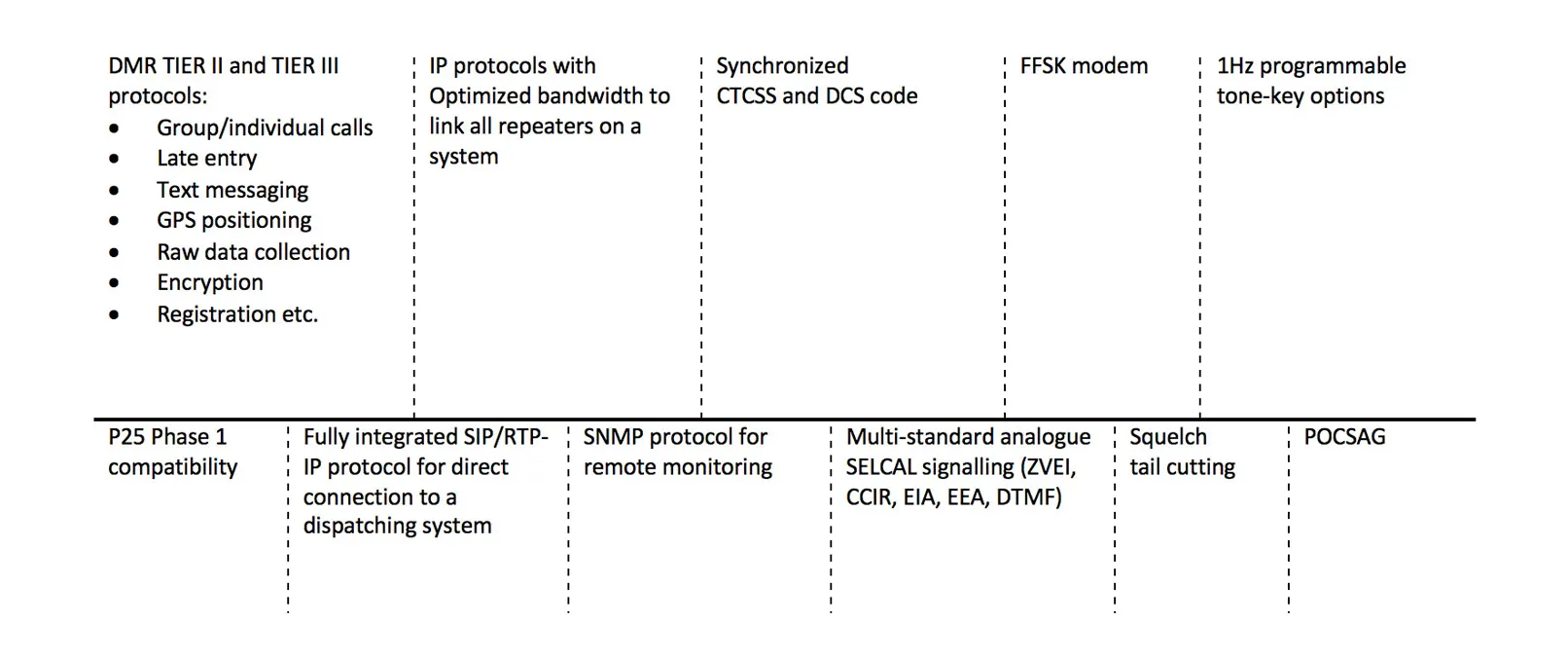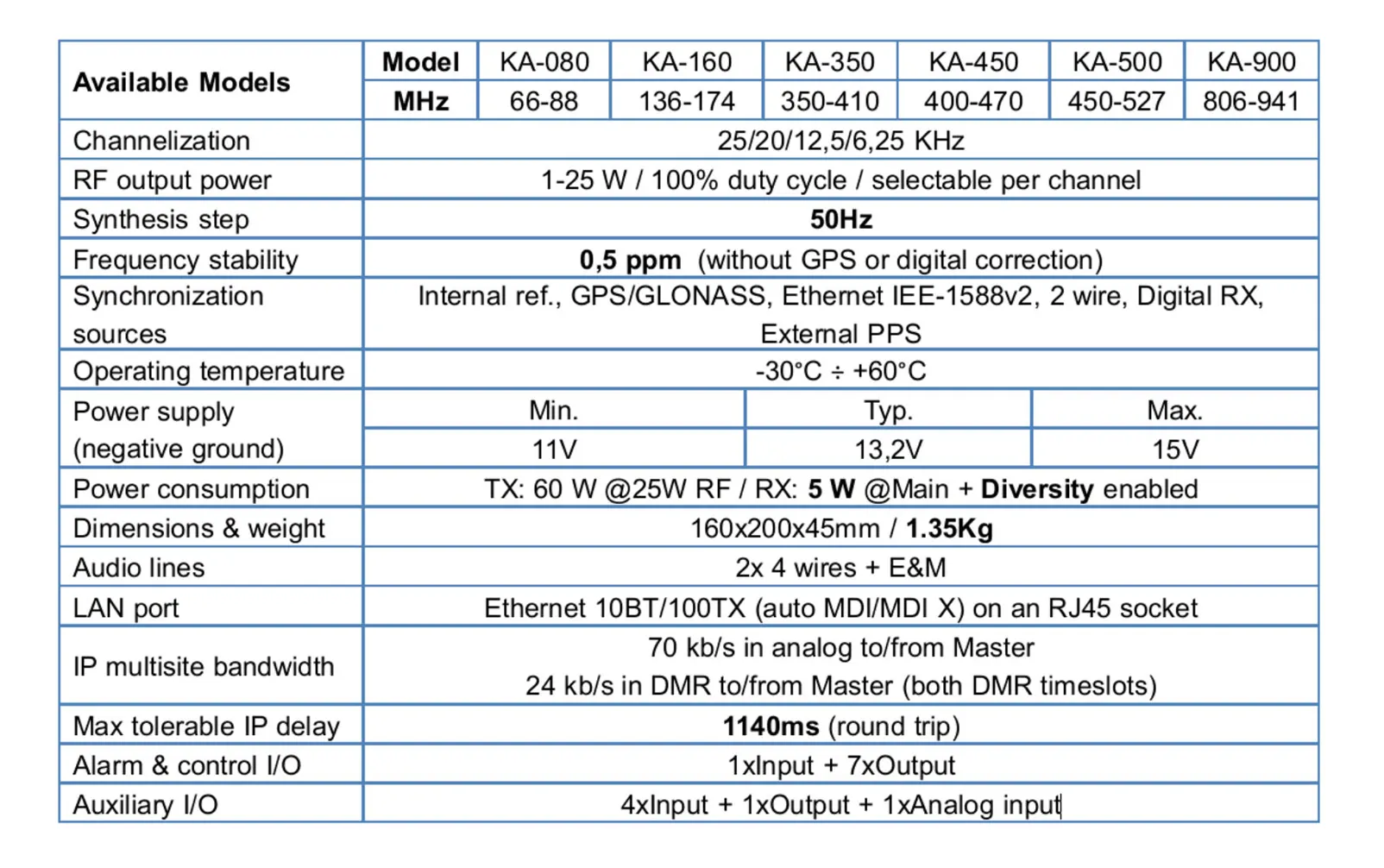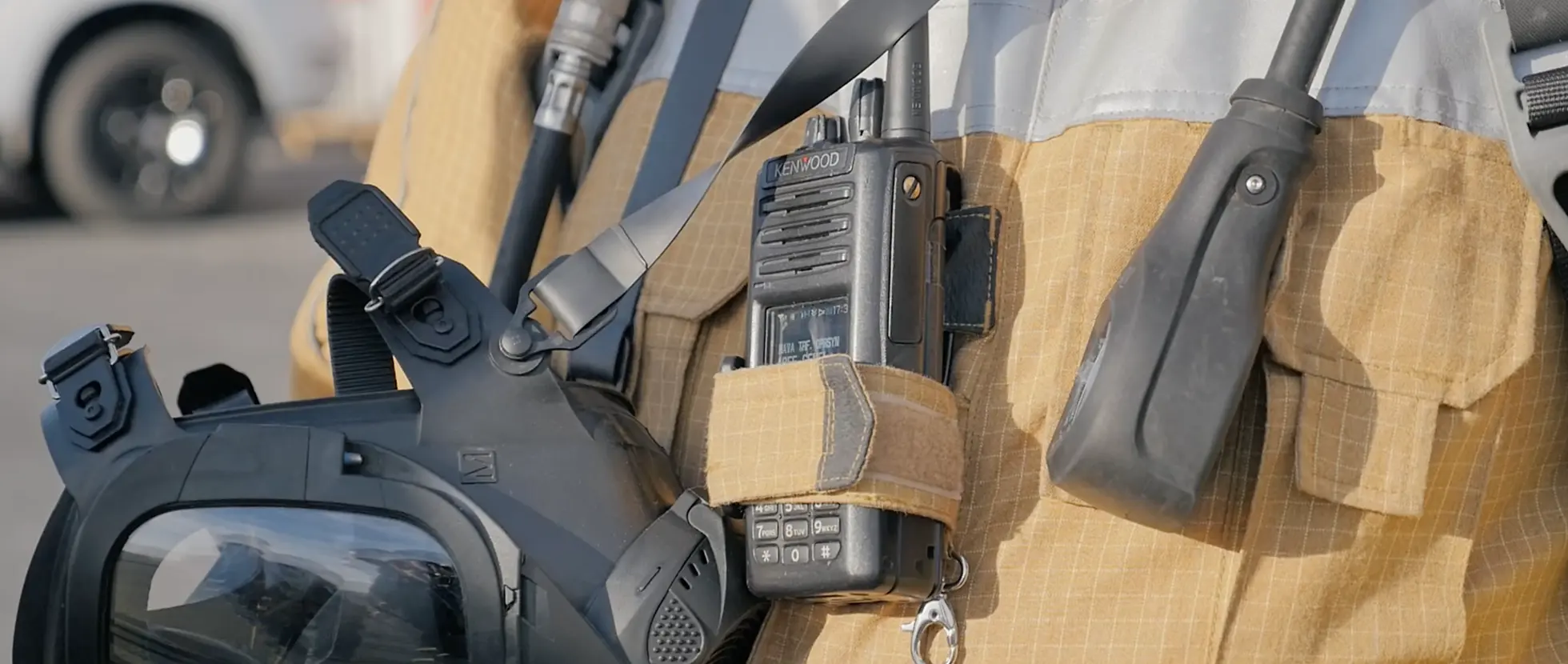KAIROS-Based DMR Simulcast & Tier 3 Trunking Solutions
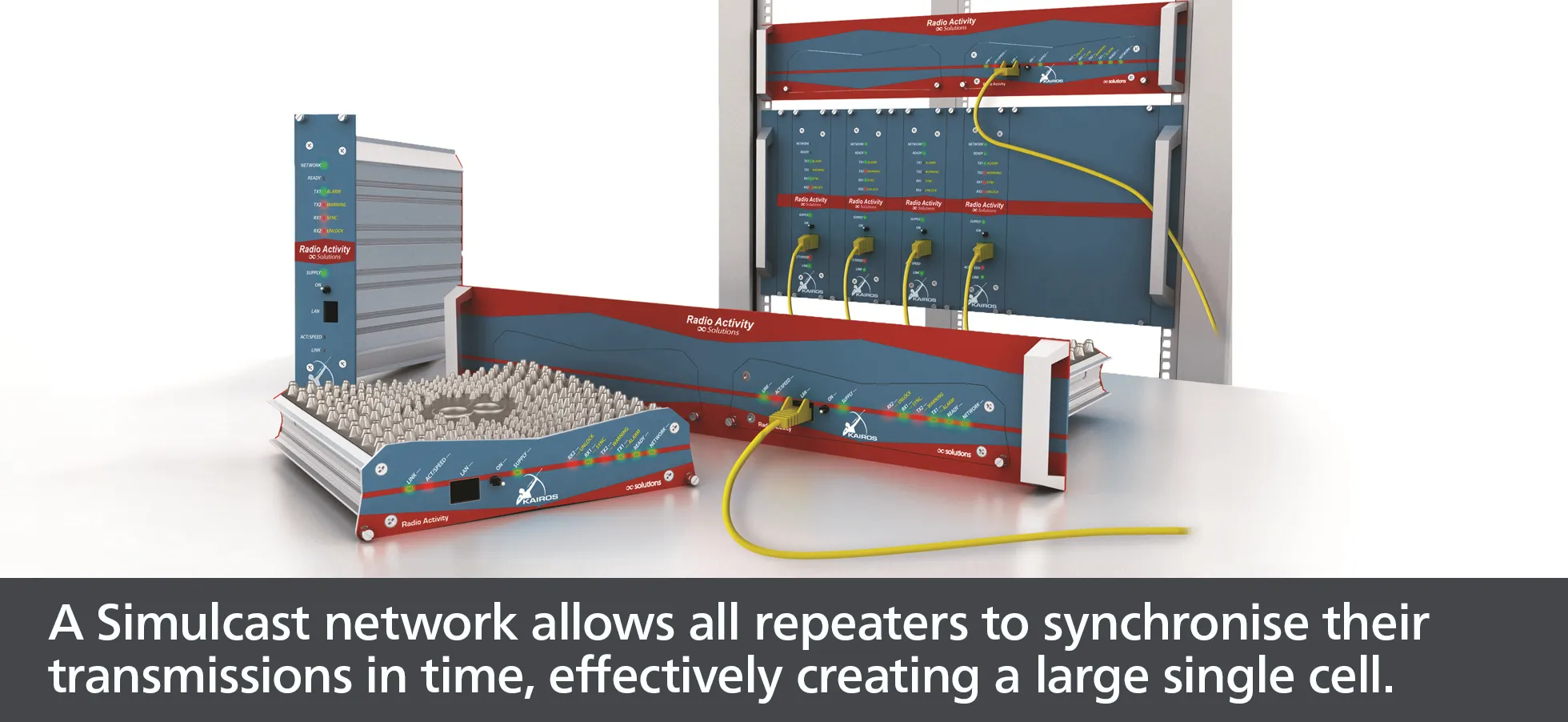
Multi-Frequency & Simulcast Radio Systems
In Multi-Frequency (multi-site) systems, where different frequencies are required at each radio site, the handover (site coverage changing) and roaming (search for the desired group of users) are relatively slow, and users will typically have to change channels or use a beacon function as they move between sites.
A Simulcast network allows all repeaters to synchronise their transmissions in time, effectively creating a large single cell, which significantly reduces the time required for transmissions to reach a radio terminal or to locate the correct base station. Radios connected to a Simulcast network can move from one location to another without the user having to change channels; Simulcast is extremely user-friendly.
| Multi-Frequency
► Relatively frequency inefficient
► Good use of ‘spare’ channels
► Good mobile coverage
► Low number of talk-paths required at each site
► Reduced co-channel interference from multiple sites
|
Simulcast
► Frequency efficient
► Greater coverage with overlap
► Improved in-building coverage
► Easily expanded without reprogramming radios
► Additional sites can be added without a requirement for new frequencies or any terminal changes
|
DMR Tier 2 simulcast offers increased range, while DMR Tier 3 offers large capacity, wide area
Simulcast Network Highlights
► No complex setup required, Kairos automatically manages the complex configuration and timing needed for any size of simulcast system, making setup much easier
► Using the same RF channel over the whole coverage to give a “large single cell”
► Communications can be both on open and on selective channels, with semi-duplex mode between mobile terminals or duplex mode between Repeaters
► The network makes the automatic selection of accessing terminals and will broadcast the signal on the same frequency throughout the coverage area
► The terminals are served regardless of their position as if a single repeater covered them
► Improved coverage in existing ‘dead spots’ with slight degradation in overlap areas
► Improved building penetration for portables
► The network is “transparent” to the signalling terminals (5 tone/ FFSK selective call, DMR selective call and messages, etc)
► Analogue, DMR Tier 2 and DMR Tier 3 trunking are all supported
A KAIROS-based DMR Tier 2 solution using KENWOOD DMR hand-portable and mobile radios, including the NX-5000 and NX-3000 Series equipment, can be configured for both Multi-Frequency and Simulcast operation and supports multi-protocol (analogue/digital) functionality, IP-connected or conventional dispatcher and phone patching and SIP telephony.
KAIROS System Configurations
Dual Timeslots Fixed Station/Repeater - KAIROS can manage two DMR timeslots, using a single antenna. For a dispatching operation, it can be configured to provide access to an external radio network; alternatively, by adding a duplexer, KAIROS can be configured as a standalone repeater.
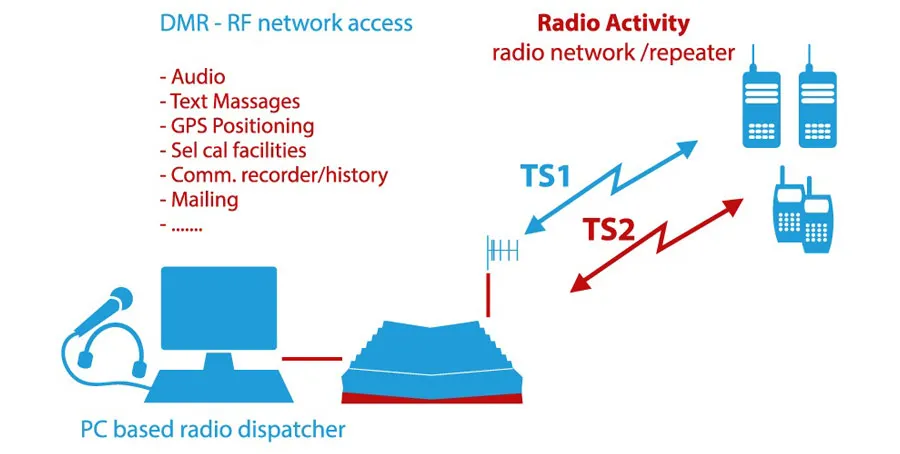
Analogue and DMR Tier 2 Simulcast or Multi-Frequency IP-linked Base Station
KAIROS supports IP connections between base stations to achieve multi-site hierarchical systems. The role of a device can be set as Master, Secondary Master, Slave or Backup Master. A Master manages up to 32 Slaves/Secondary Masters; secondary masters can, in turn, control up to 32 slaves. Creating small or very large resilient networks is simplicity itself with this architecture.
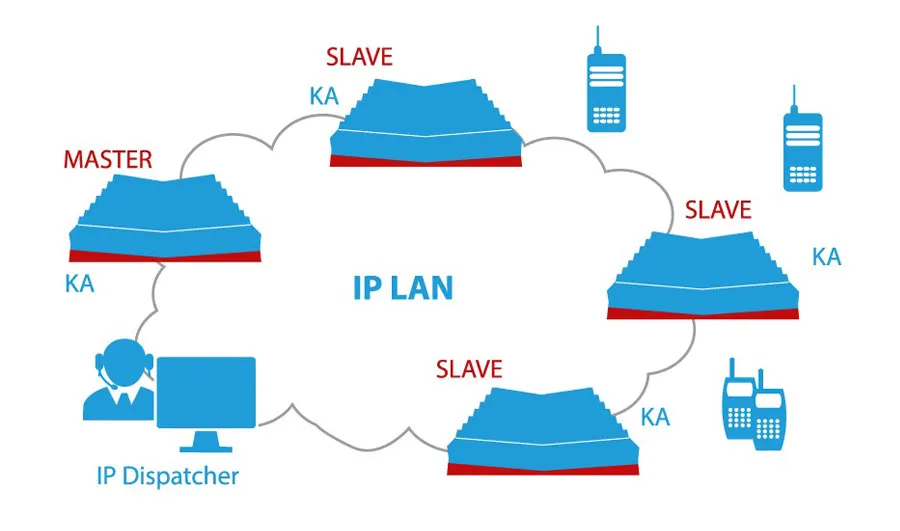
Analogue and DMR Tier 2 Simulcast or Multi-Frequency RF-linked Base Station
KAIROS can be configured as a “LAN extender” supporting the RF narrowband connection between different sites. It is the perfect solution when the connecting distance is large or when the radio link path is not in line of sight.
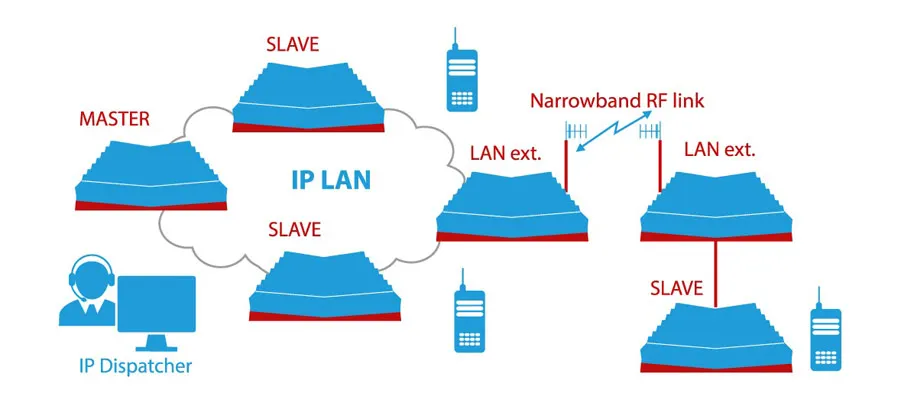
Single-site DMR TIER 3 Trunked System
With a built-in SW Agent Tier 3 Controller, channels can be efficiently shared among all users, typically with no additional hardware in small and medium size systems. For larger or more complex systems, an external Trunking System Controller (TSC) needs to be added only to large and complex networks.
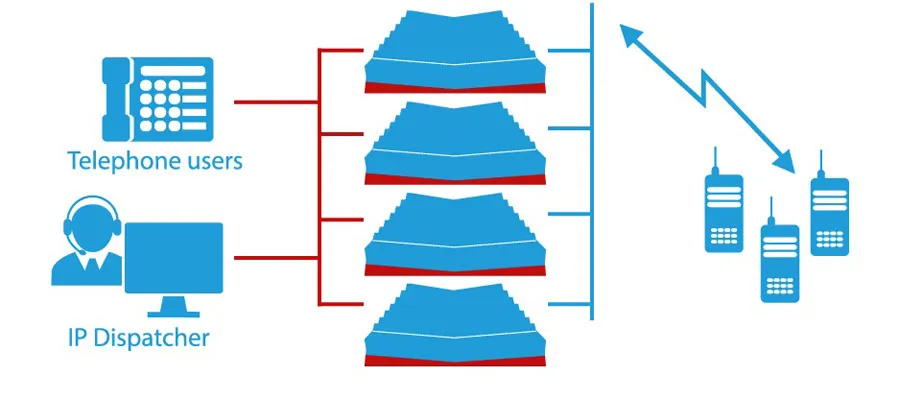
Multisite Simulcast or Multi-Frequency DMR TIER 3 Trunked System
A DMR Tier 3 controller can manage a group of IP-linked networks to enable a multi-site, multi-carrier (Simulcast or Multi-Frequency) system.
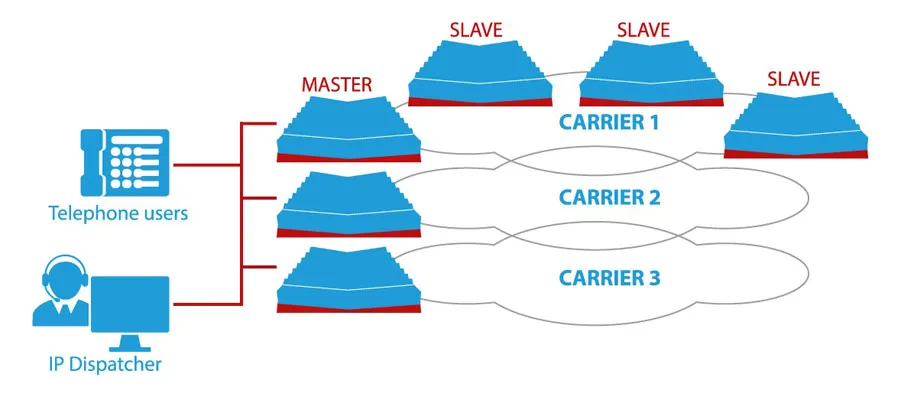
Built-in Signalling & Protocols
